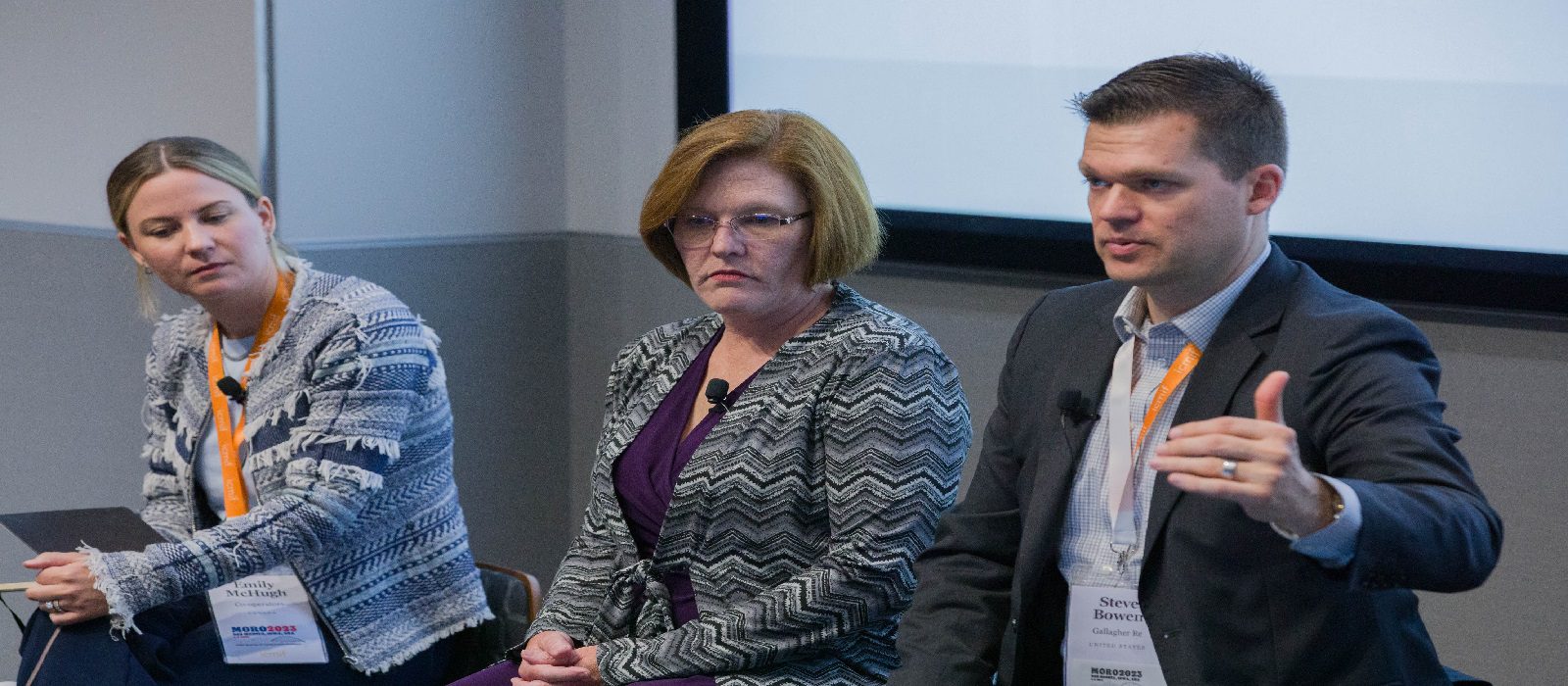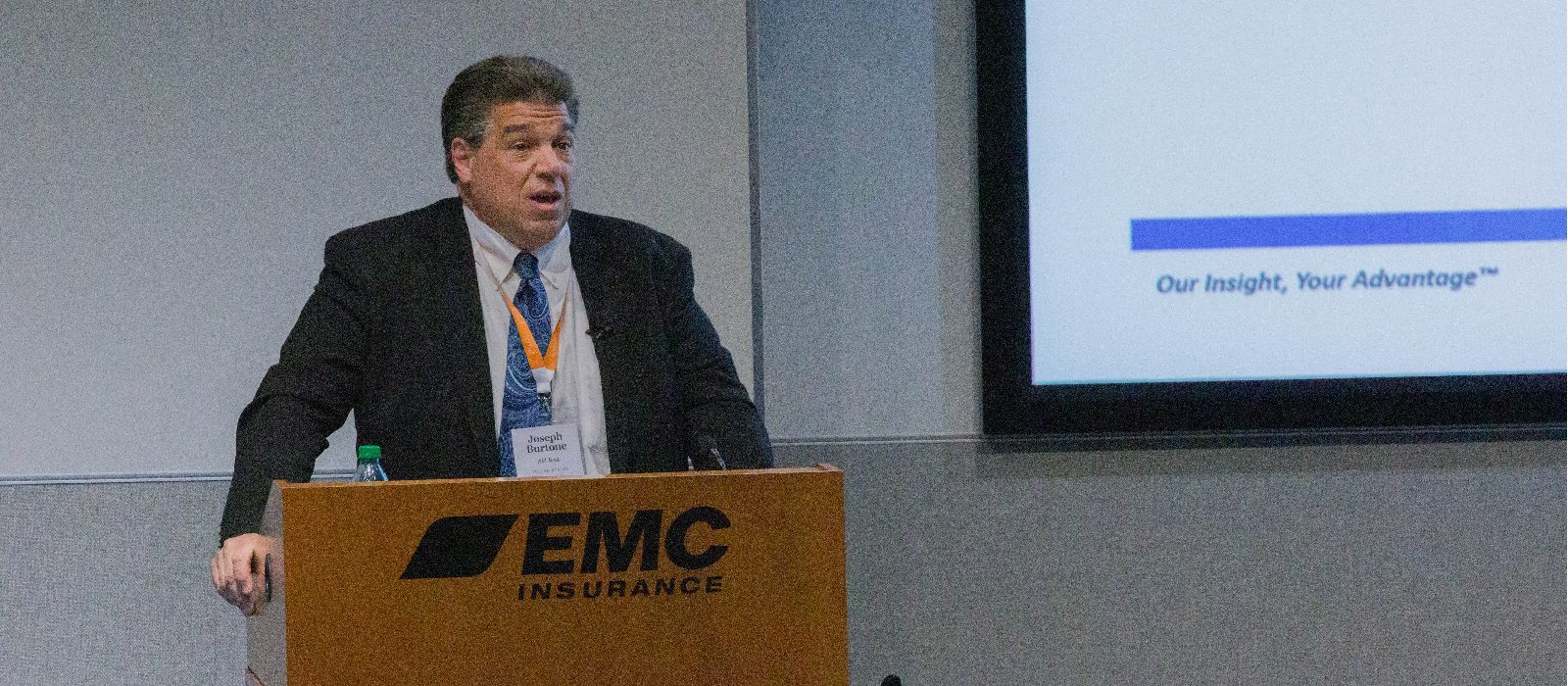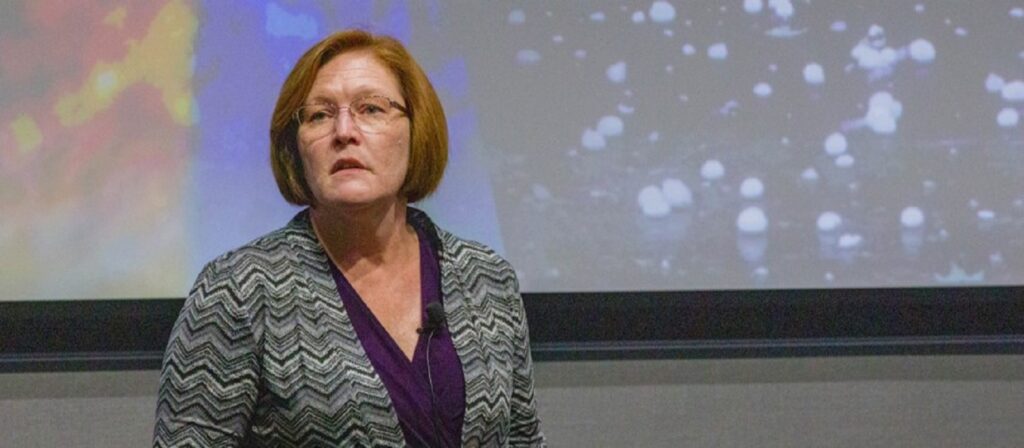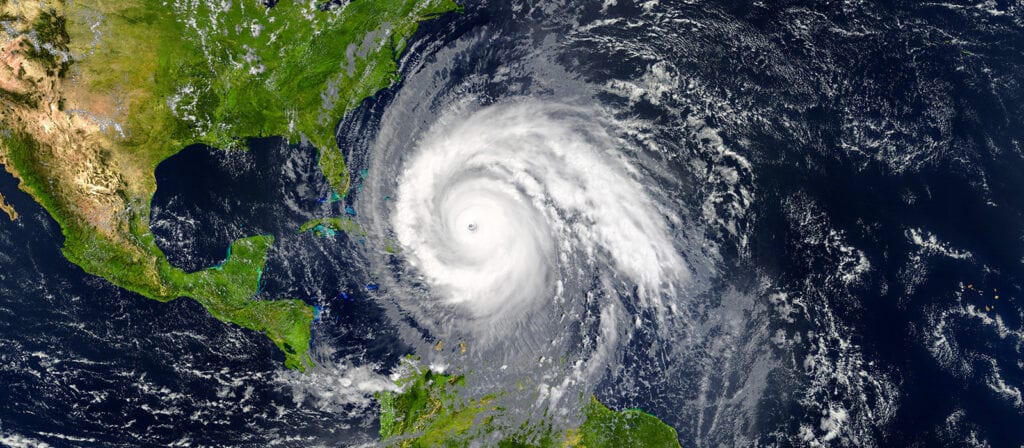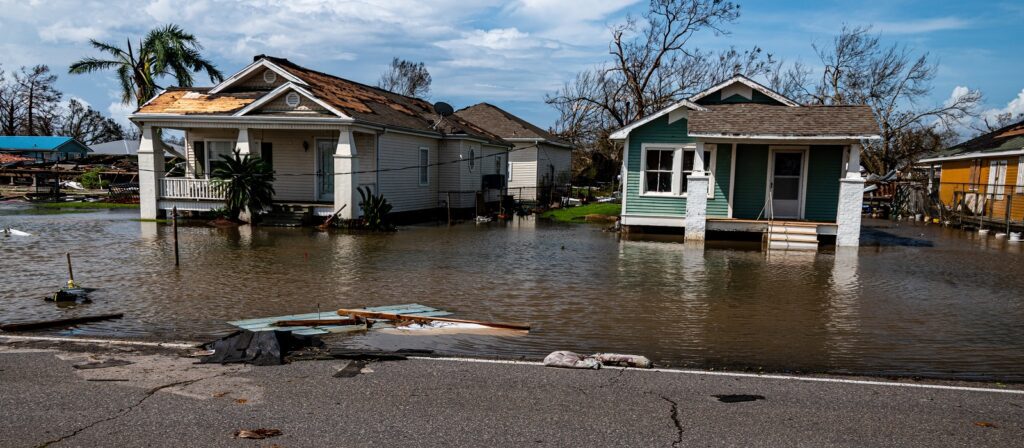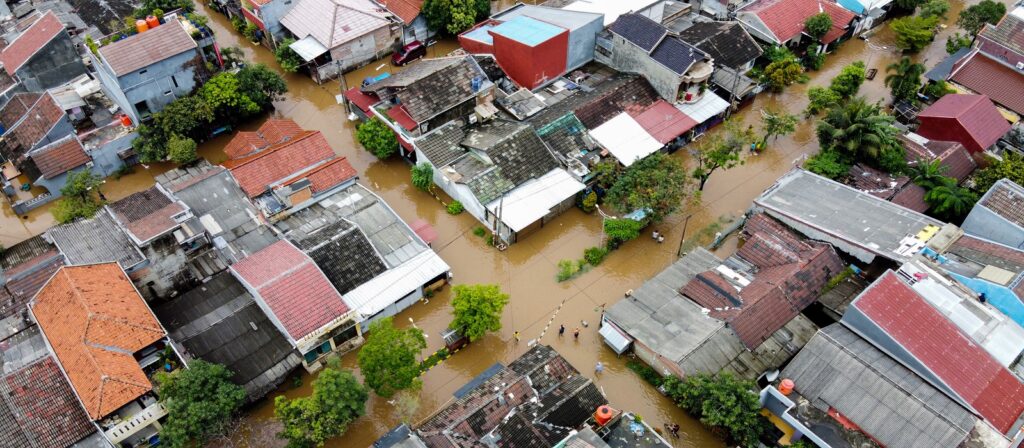Gallagher Re has been investigating the impact of climate change on natural disasters. Losses are rising in the United States and other parts of the world, and whilst not all losses can be attributed solely to climate change, it is undeniably a significant factor in the behaviour of these events. Human behaviour plays a role, as populations continue to settle in high-risk areas. As climate change worsens, the frequency and intensity of storms and other catastrophic events increase, leading to a rise in losses.
Economic losses amounting to billions of dollars have been reported in recent years and while the insurance impact may be limited in some regions, it is crucial to recognise the humanitarian implications and work towards climate financing and resilient measures in collaboration with governmental agencies. Addressing areas with potential for future growth and minimising the protection gap are essential steps in reducing vulnerability.
Differentiating between primary and secondary perils has often been a point of contention, as the latter are sometimes perceived as less important. However, data from the past two decades reveals that secondary perils account for a significant portion of losses, both in the United States (60%) and globally (over 50%). The shift in focus is driven by the increasing frequency of these larger-scale events, prompting a re-evaluation of their importance and the need for proactive measures.
Climate change does not affect each peril uniformly nor uniformly across different regions and geography and the built environment play significant roles in determining the specific consequences. For instance, while the occurrence of tornadoes and hail may not be increasing, warming atmospheric conditions contribute to more intense events and larger hail sizes. Likewise, tropical cyclones may not show a clear trend in frequency but exhibit changes in behaviour, such as rapid intensification, which can lead to more severe impacts upon landfall.
Some trends include:
- Severe convective storms (SCS)
- Tropical cyclones
- Wildfires
- Winter weather
- Rainfall and flooding
From an insurance perspective, addressing the uncertainties associated with climate change and natural disasters poses significant challenges. Quantifying the contribution of climate change to individual losses and understanding the additional damage caused remain complex tasks. Non-physical risks and transition risks, such as carbon-intensive portfolios, should also be given more attention. Furthermore, addressing uncertainty is a crucial aspect of modelling and requires continued efforts to enhance accuracy and reliability.
AM Best, a leading insurance rating agency, employs a “building block” approach to assess the financial strength and creditworthiness of insurance companies. The approach begins with a country risk assessment, conducted by assigning country risk tiers ranging from CRT1 (most stable) to CRT5 (least stable). High country risk can have a negative impact on an insurer’s rating.
These blocks are:
- Balance sheet strength: assesses the financial standing of the company.
- Operating performance: examines key aspects such as underwriting results, pretax operating gains, overall net income, combined ratio, operating ratio, and loss ratios.
- Business profile: evaluates various factors that shape the company’s operations.
- Enterprise risk management (ERM): assesses the insurer’s risk management practices.
- Comprehensive adjustment: allows for potential rating adjustments when a company stands out significantly from others in a comparable group.
- Rating lift or drag: examines the influence of an ultimate parent company on the insurer’s rating.
Although the building block approach evaluates insurers in a specific order, the components are interrelated and the build on each other from right to left, emphasising the importance of holistic risk management.
In addition to these building blocks, catastrophe (cat) modelling plays a significant role in assessing an insurer’s rating. Cat losses are considered severe threats to balance sheet strength. Cat modelling helps evaluate the insurer’s ability to manage and mitigate cat risks effectively. It provides insights into capital requirements, stress testing, scenario testing, and the impact of cat events on balance sheet strength and operating performance.
The Supplemental Rating Questionnaire (SRQ), a tool used to gather data for cat modelling and assess insurers’ ability to effectively manage cat risk helps in understanding insurers’ risk management practices, identifying material changes, and promoting discussions during rating meetings. It also allows AM Best to assess the overall feel for risk management and verify the adequacy of cat risk management strategies.
Session speakers:
- Steven Bowen, Chief Science Officer, Gallagher Re (USA)
- Joe Burtone, Director, Property & Casualty, AM Best (USA)
- Anne Cope, Chief Engineer, Insurance Institute for Business & Home Safety (USA)
- Emily McHugh, AVP, Corporate Reinsurance, Co-operators (Canada) moderator
